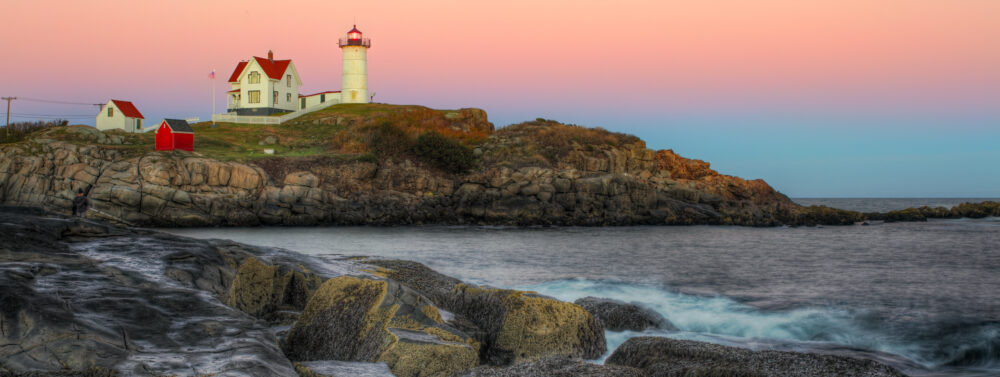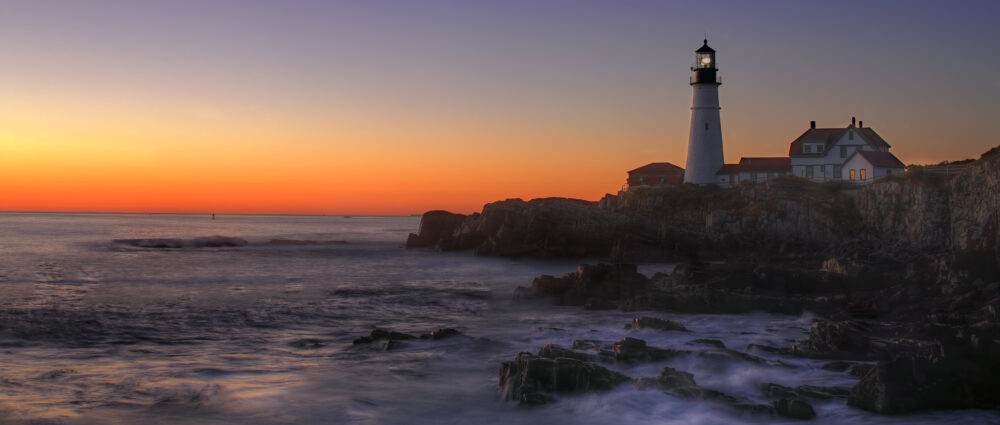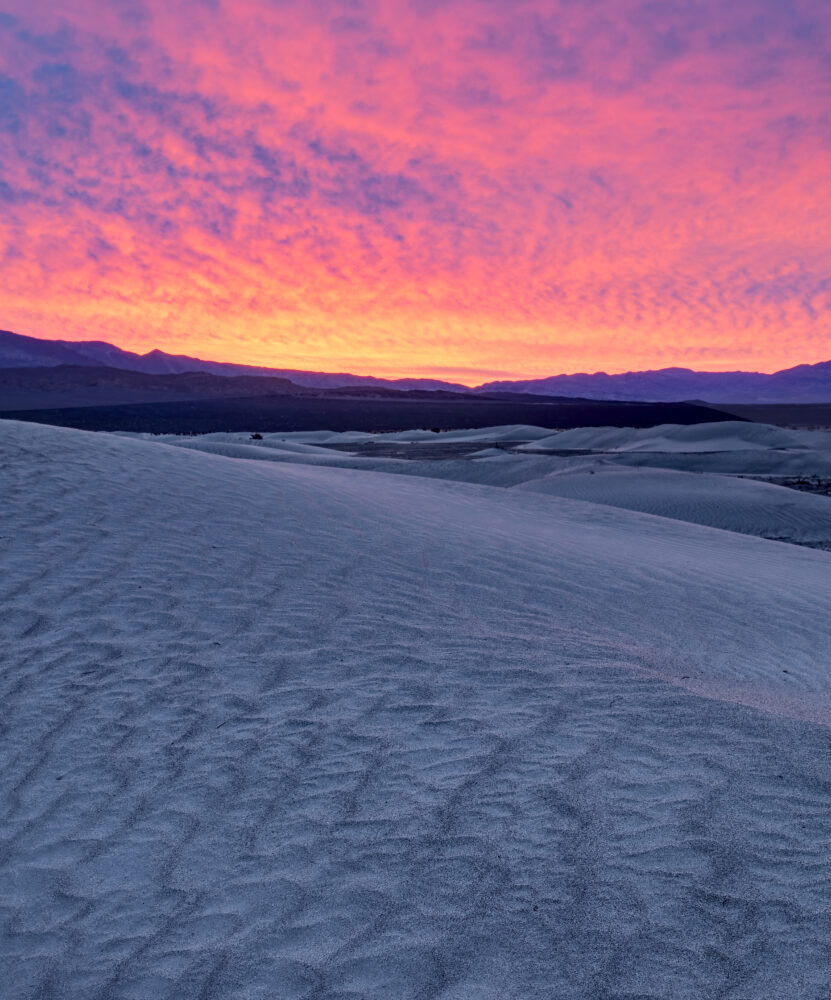There’s not many better ways to start or end the day than outdoors, photographing a breathtaking sunrise or sunset. Taking pictures of these moments is popular. It’s simple, and the results can be amazing. This guide covers everything. It will help you capture stunning sunrise and sunset photos. Learn about gear, settings, composition, and locations.
Gear Up for Golden Hour
Having the right equipment is key to photographing sunrise or sunset. It can make a big difference in your photos. Here’s what you should consider.
Camera Considerations
The camera matters. Dynamic range is key. A wider range captures more detail in bright and dark areas. If your sensor cannot capture the full dynamic range then bracket your images for merging later in post processing.
Lens Selection: Wide vs. Telephoto
Lenses affect your view. Wide-angle lenses (14-35mm) capture vast landscapes. Telephoto lenses (70-200mm or more) isolate details. Choose based on what you want to show.
Tripod and Filters: Stability and Enhancement
A sturdy tripod is essential. It prevents blurry images in low light when longer shutter speeds are often necesssary.
Neutral density (GND) filters balance exposure. They darken bright skies and keep the foreground visible or can be used as a means to slow the shutter speed. This can help to smooth water or create drama with clouds. A circular polarizer will remove glare and is a must for use around water.
Mastering Camera Settings for Sunrise and Sunset Photography
Settings are crucial for great shots. Learn how to adjust them.
Aperture, Shutter Speed, and ISO: The Exposure Triangle
Aperture controls depth of field. Smaller apertures (f/8-f/16) keep everything sharp. Shutter speed affects motion blur. Faster speeds freeze action. ISO measures light sensitivity. Lower ISOs (100-400) reduce noise.
Shooting in Manual Mode vs. Aperture Priority
Manual mode gives full control. You set everything yourself. Aperture priority mode lets you set the aperture giving you a fixed depth of field. The camera then adjusts the shutter speed. It’s generally used for rapidly changing light conditions.
White Balance: Capturing Accurate Colours
White balance corrects colour casts. You can experiment using presets like “Cloudy” or “Shade”, or set a custom white balance for perfect colours. Remember, if you shoot RAW then this can still be adjusted in post processing.
Composition Techniques for Stunning Sunrise and Sunset Photos
Good composition makes a photo interesting.
The Rule of Thirds and Leading Lines
The rule of thirds divides the image into nine parts. Place key elements along these lines or at their intersections. Arranging elemens thtis way is pleasing to the eye. Leading lines should be used to guide the viewer’s eye into the scene.
Foreground Elements: Adding Depth and Interest
Include foreground elements. Rocks, trees, and flowers add depth. They give context to the scene. as well as adding balance to the image.
Silhouettes: Emphasizing Shapes and Forms
Photographing sunrise or sunset provides the opportunity to create silhouettes by exposing for the sky. This makes the foreground dark. It emphasizes shapes and forms.
Finding the Perfect Location
Finding a great spot is important.
Scouting Locations and Using Photography Apps
I research locations online. Photography websites definitely help with ideas and examples. Study Apps provide information on sunrise and sunset times as well as weather. I use Windy and Astropheric to help plan shoots. Photopills also shows the path of the sun. This allows you to turn up early and work on foreground and composition whilst taking out the guesswork of where the sun rises or sets.
Considering Weather Conditions and Timing
Weather impacts sunrises and sunsets. Clouds and fog can create drama – or block the sun entirely. Too much or too litle is a problem. The sunset below is of Nubble Lighthouse in Maine, sadly, with no clouds in the sky. Arrive early. Set up and prepare before the light changes.

Urban vs. Natural Landscapes
Urban landscapes offer cityscapes. Reflections in buildings are unique. Parks will have hard scaping, statues or water features which can be used to add interest. Natural landscapes have mountains, lakes and beaches. Each provides different opportunities. Get out and explore both!
Post-Processing Tips for Sunrise and Sunset Photos
Enhance your photos with editing.
Basic Adjustments: Exposure, Contrast, and Colour
Try to get more out of your photo whilst keeping the look natural. Adjust exposure and contrast. Fine-tune highlights, shadows and colour balance. Maybe add a little vibrance. Once again, don’t overdo it.
Selective Adjustments: Enhancing Specific Areas
Use masking and gradients. Adjust specific areas, such as the sky. This makes the image pop. The sunrise below is of Portland Head Lighthouse in Maine. Sadly, once again, we were unlucky and there were no clouds in the sky beyond a few at the horizon.

Removing Noise and Sharpening: Improving Image Quality
Reduce noise in dark areas. Sharpen details. These improve overall image quality.
Conclusion
In this article we’ve covered gear, settings and composition. Location scouting and post-processing too. Experiment and hone your techniques when photographing sunset and sunrise. But most of all, get out and take photos. Enjoy the peace and tranquility as well as the beauty of Mother Nature. Most of all, leave it better than you found it….

